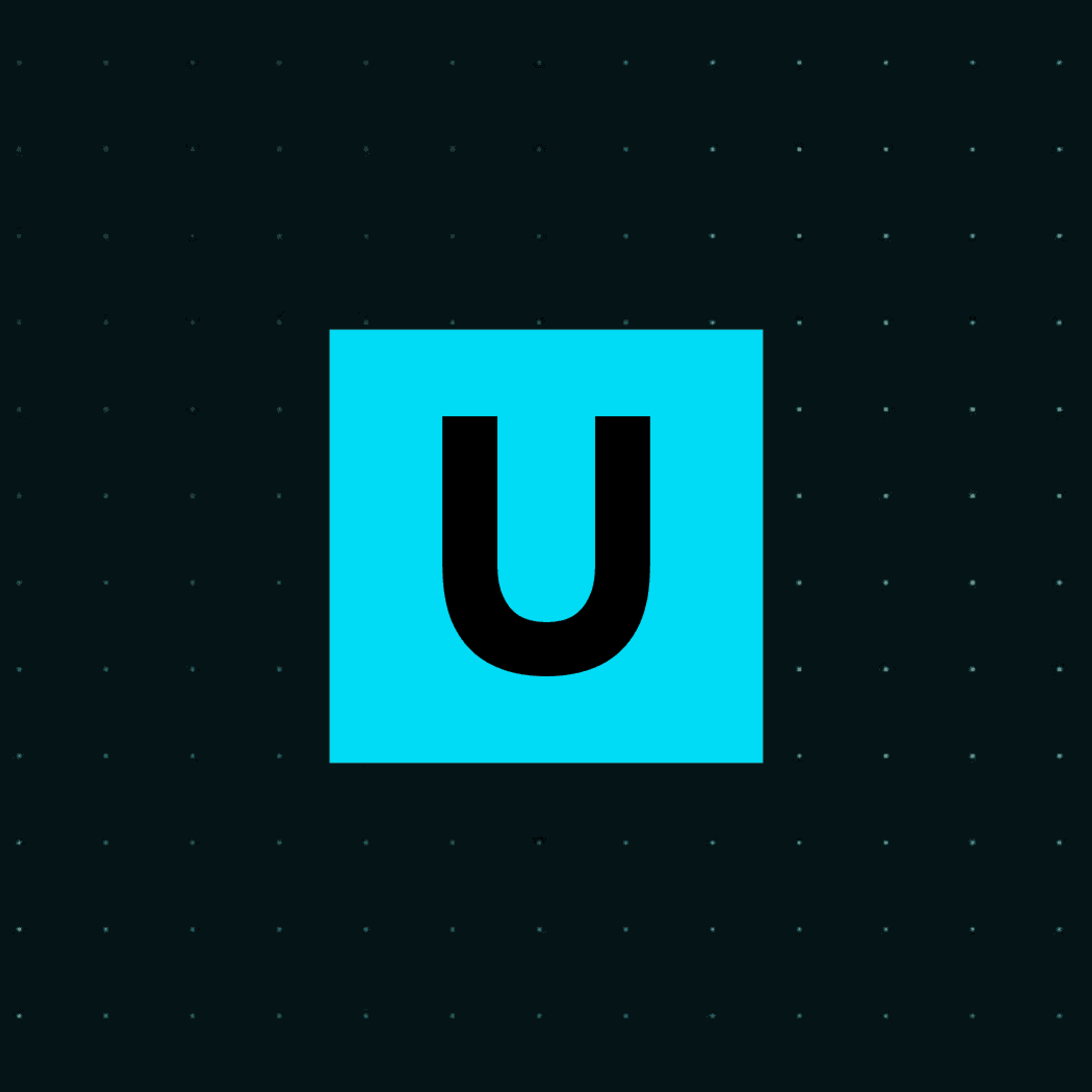
Authors

With the Unstructured Platform, you can effortlessly transform your data from Azure Blob Storage to MongoDB. Designed as an enterprise-grade ETL solution, the platform ingests raw, unstructured data from sources like Azure Blob Storage, converts it into structured JSON formats, and seamlessly loads it into MongoDB. For a step-by-step guide, check out our Azure Blob Storage Integration Documentation and our MongoDB Setup Guide. Keep reading for more details about Azure Blob Storage, MongoDB, and how the Unstructured Platform bridges these technologies.
What is Azure Blob Storage? What is it used for?
Azure Blob Storage is Microsoft's object storage solution for the cloud, designed to store massive amounts of unstructured data such as text, images, videos, and documents. It provides a scalable, secure, and highly available platform for data storage needs.
Key Features and Usage:
- Scalability: Azure Blob Storage can handle petabytes of data with high throughput, making it ideal for big data applications and AI workloads.
- Tiered Storage: Offers hot, cool, and archive access tiers to optimize costs based on data access frequency.
- Security: Provides encryption at rest and in transit, role-based access control (RBAC), and private endpoints for enhanced security.
- Integration: Seamlessly integrates with other Azure services like Azure Functions, Azure Data Factory, and Azure Synapse Analytics.
- Data Redundancy: Offers various redundancy options including locally redundant storage (LRS), zone-redundant storage (ZRS), and geo-redundant storage (GRS).
Example Use Cases:
- Storing large volumes of documents, images, and media files
- Creating data lakes for analytics and business intelligence
- Backing up and archiving enterprise data
- Hosting static content for web applications
- Storing raw data for AI and machine learning pipelines
What is MongoDB? What is it used for?
MongoDB is a popular document-oriented NoSQL database that uses flexible, JSON-like documents with dynamic schemas, making it easier to store and query complex, hierarchical data structures. It's designed for scalability, performance, and high availability across distributed environments.
Key Features and Usage:
- Document Model: Stores data in flexible, JSON-like BSON (Binary JSON) documents that can vary in structure.
- Distributed Architecture: Supports horizontal scaling through sharding for distributing data across multiple servers.
- High Availability: Provides replica sets for automatic failover and data redundancy.
- Indexing: Supports various index types including compound, multikey, geospatial, and text indexes for optimized query performance.
- Aggregation Framework: Offers powerful data processing capabilities for analytics and reporting.
- Atlas Cloud Service: Provides a fully managed cloud database service with global deployment options.
Example Use Cases:
- Content management systems and catalog applications
- Real-time analytics and big data processing
- Customer data platforms and personalization engines
- IoT data storage and processing
- Mobile application backends
- Caching and high-performance data access layers
- Storing structured document data for AI applications and RAG systems
Unstructured Platform: Bridging Azure Blob Storage and MongoDB
The Unstructured Platform is a no-code solution for transforming unstructured data into structured formats suitable for Retrieval-Augmented Generation (RAG) and integration with document databases like MongoDB. Here's how it works:
Connect and Route
- Diverse Data Sources: The platform supports Azure Blob Storage as a source connector, enabling seamless ingestion of unstructured data.
- Partitioning Strategies: Documents are routed through partitioning strategies based on format and content:
- The Fast strategy handles extractable text like HTML or Microsoft Office documents.
- The HiRes strategy is for documents requiring optical character recognition (OCR) and detailed layout analysis.
- The Auto strategy intelligently selects the most appropriate approach.
Transform and Chunk
- Canonical JSON Schema: Source documents are converted into a standardized JSON schema, including elements like Header, Footer, Title, NarrativeText, Table, and Image, with extensive metadata.
- MongoDB-Optimized Structure: The platform creates document structures that align with MongoDB's document model, enabling efficient storage and retrieval.
- Chunking Options: Multiple strategies are available:
- The Basic strategy combines sequential elements up to size limits with optional overlap.
- The By Title strategy chunks content based on the document's hierarchical structure.
- The By Page strategy preserves page boundaries.
- The By Similarity strategy uses embeddings to combine topically similar elements.
Enrich, Embed, and Persist
- Content Enrichment: The platform generates summaries for images, tables, and textual content, enhancing the context and retrievability of the processed data.
- Embedding Integration: Integrates with multiple third-party embedding providers for semantic search and retrieval.
- MongoDB Integration: Processed data can be persisted directly to MongoDB collections, with automatic schema design for optimal performance.
Key Benefits of the Integration
- Streamlined Data Pipeline: Transform raw, unstructured data from Azure Blob Storage into MongoDB-ready document structures.
- Flexible Schema Adaptation: Automatically map complex document structures to MongoDB's document model.
- Enhanced Query Performance: Structured data with consistent schema design enables more efficient queries in MongoDB.
- AI-Ready Information Retrieval: Prepare your data for advanced RAG systems and AI applications.
- Cross-Platform Compatibility: Bridge Microsoft Azure and MongoDB ecosystems seamlessly.
- Enterprise-Grade Security: SOC 2 Type 2 compliance ensures data security throughout the process.
- Scalability: Handle millions of documents with high throughput and low latency.
Ready to Transform Your Data Experience?
At Unstructured, we're committed to simplifying the process of preparing unstructured data for AI applications. Our platform empowers you to transform raw, complex data into structured, machine-readable formats, enabling seamless integration with your AI ecosystem. To experience the benefits of Unstructured firsthand, get started today and let us help you unleash the full potential of your unstructured data.


